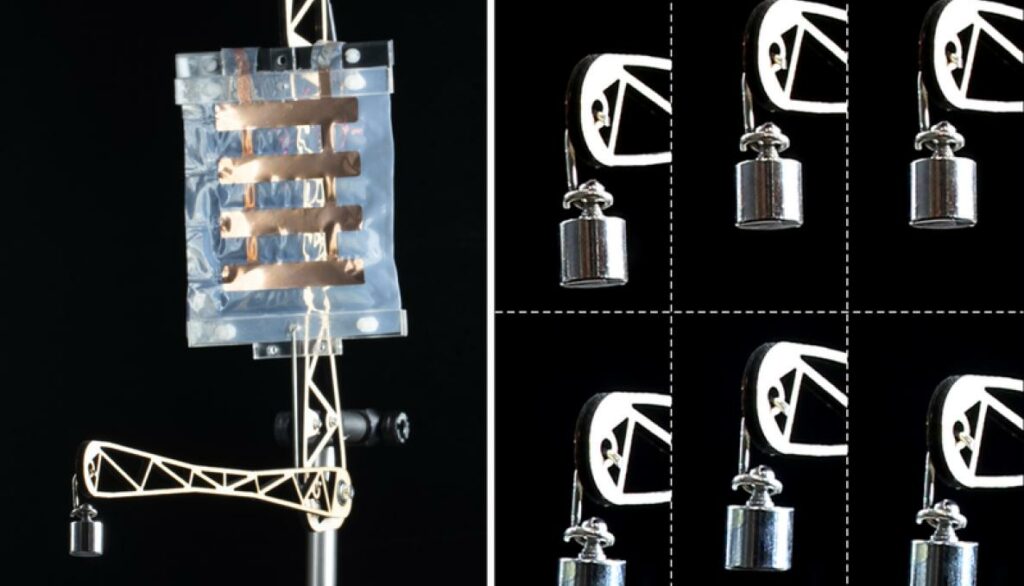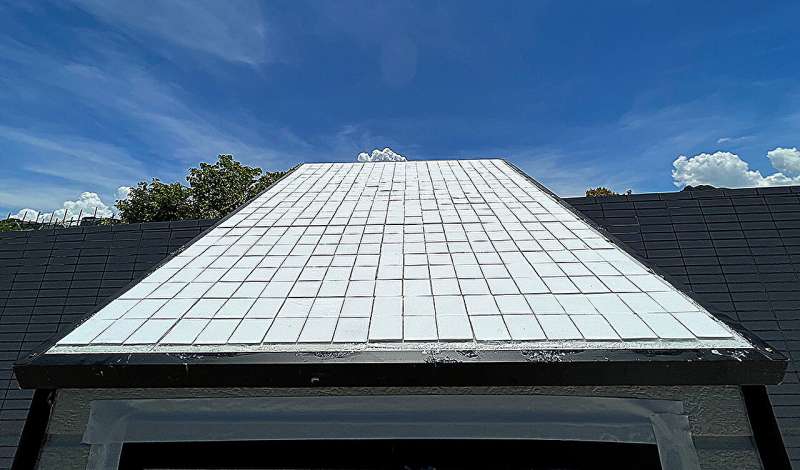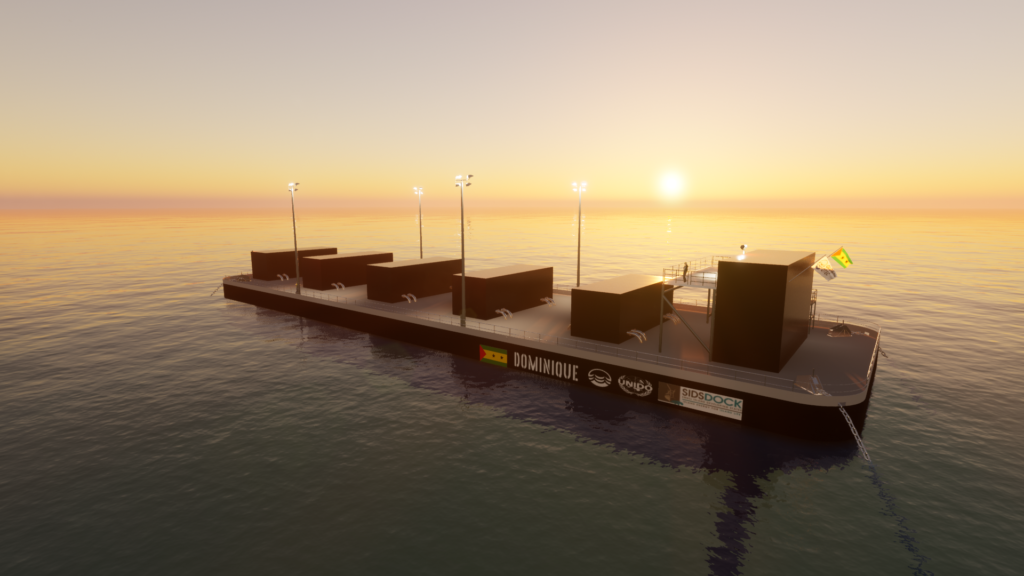Passive cooling breakthrough, Energy efficient robots and Our debt to whales
In this issue:
NDCs still short
The latest UN reports released this week tell us current NDCs are not sufficient to achieve the 1.5C target and that many countries are still uncommitted to actions or targets beyond 2030. The first report synthesised the NDCs of 195 Paris signatories to reveal a 40% deficit between NDCs and the IPCC’s recommendations. The second report, covering longer term commitments of 75 countries suggests emissions will be 63% lower in 2050 than 2019 but also that many aren’t looking too hard at post-2030.
Auckland bounces back
It’s nice to see Auckland back on CDP’s environmental action A list. The 2023 list has just been published and Auckland joins another 118 world cities as A listed having dropped off last year. Auckland rejoins Wellington as the two New Zealand representatives on the list.
Energy efficient robots on the way
As robots take over the world, not much tends to be mentioned about the energy they use. Robots use actuators to convert energy into physical motion. Scientists from Scuola Superiore Sant’Anna (Pisa) have developed new soft-material actuators that can replace traditional actuators. The new actuators – in effect artificial muscles for robots – are low weight, quiet, biodegradable and use one thousandth of the energy of traditional actuators.
Passive cooling breakthrough
Scientists from City University of Hong Kong are claiming a major breakthrough in passive cooling using a cooling ceramic. Running air conditioning systems is a major source of emissions and passive cooling can reduce this significantly. The new material is made from alumina, which provides resistance to UV degradation. The tiles boast a solar reflectivity of 99.6% and a mid infrared thermal emission of 96.5%. The material is fire resistant and the manufacturing process does not require delicate equipment or costly materials.
The 140 year old, new renewable
UK start up Global OTEC is aiming to bring renewable energy to tropical islands by commercialising ocean thermal energy conversion (OTEC). OTEC exploits the temperature difference between surface and deep water to generate electricity. There are currently two operational demonstration plants for OTEC, one in Hawaii, one in Japan, generating around 100kW each. Global OTEC has designed a barge based system capable of generating 1.5MW without the normal intermittency associated with most renewables. The company believes its system has the potential to displace 10GW of installed diesel capacity across 32 islands. The most interesting aspect of the new innovation is that it uses technology conceived by Frenchman Jacques Arsene d’Arsonval over 140 years ago.
Solar record - one third breached
Chinese company LONGi has surpassed the one third efficiency benchmark with its latest silicon-perovskite tandem solar cells recording an efficiency of 33.9%.
Our debt to sperm whales
The sperm whales commonly seen off the South Island coast bring more than just joy and tourists, they are also helping fight climate change. It seems the sperm whales’ propensity to defecate on the ocean surface so that they can shut down non-vital functions for their 3,000 metre deep dives creates plankton blooms around the nutrient rich excrement. The plankton blooms extract carbon dioxide from the atmosphere. Thanks Moby.
A Mod revival
The Mod subculture of the 1950s and 1960s could make a comeback among carbon conscious youngsters with the arrival of the electric Lambretta. The much revered mode of transport of Mods now comes with an 11kW motor that can get them from London to Brighton at 110km/h.




